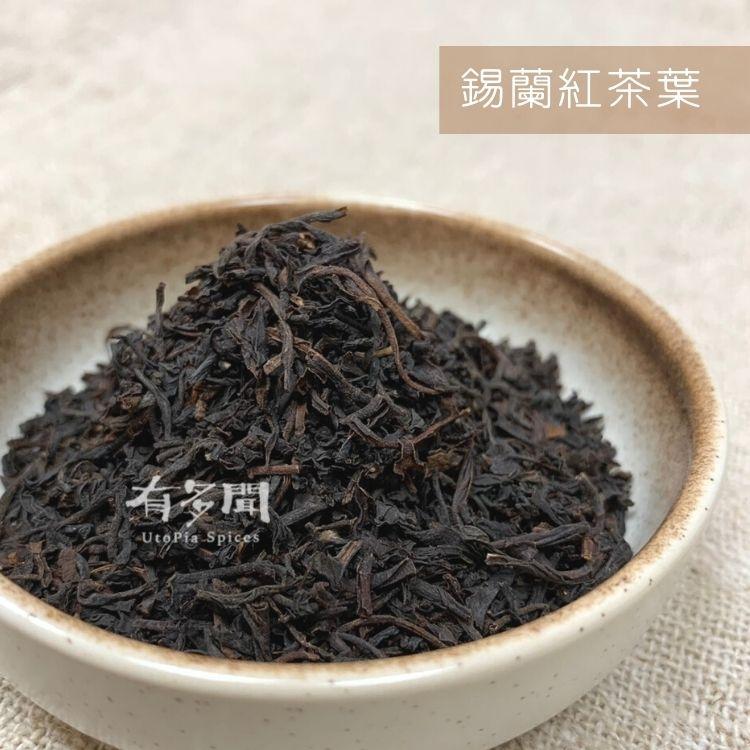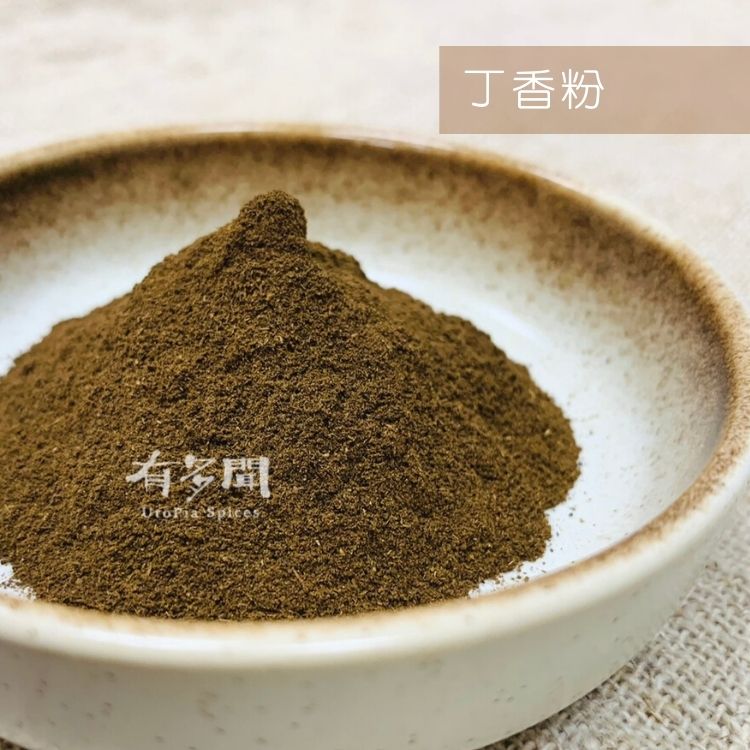
Feature:
Classic flavoring: Earl Gray tea is a black tea flavored with citrus peel oil, usually bergamot oil.
Versatility: Different types of black tea can be used as the base, such as Assam
Smell:
Citrus Flavor: Citrus oil provides a fresh and unique citrus flavor.
Black tea base: has the typical characteristics of black tea, such as richness, body and a bit bitterness.
Odor:
Citrus Aroma: The citrus aroma is usually the most pronounced and combines perfectly with the aroma of black tea.
Origin:
Vietnam
How to make tea:
Water temperature: Use hot water close to the boiling point (about 95-100°C).
Amount of tea: Use approximately 1 teaspoon (approximately 2.5-3 grams) of tea leaves per cup.
Tea set selection: Glass or porcelain teapot is most suitable.
Brewing time: 3-5 minutes, adjust according to personal taste.
Tea color observation: The tea should be golden or dark brown, depending on the black tea base used.
**Earl Gray tea is a tea widely loved by tea lovers around the world, not only because of its unique citrus flavor, but also because it is suitable for enjoying at different times and occasions. The correct way to brew tea will help bring out its full flavor and aroma.








